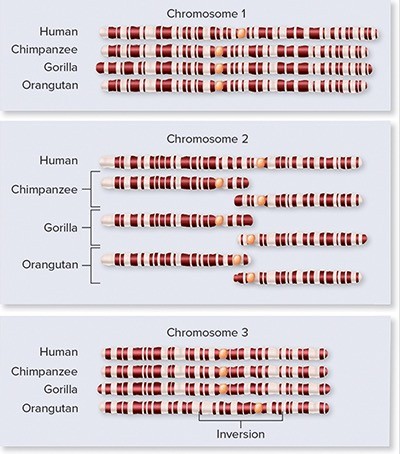Which of the following is NOT true about mutations?
a) Sunlight can cause mutation.
b) Mutations are very rare.
c) A mutation in DNA always leads to changes in the structure and function of the protein produced.
d) One general type of mutation is a change to the overall organization of chromosomal genes.
e) When one nucleotide base pair is replaced by another, this constitutes a point mutation.
Answer: c) A mutation in DNA always leads to changes in the structure and function of the protein produced.
You might also like to view...
A mutation in the gene encoding the enzyme that cuts F factor DNA during conjugation would result in
A. an inability to separate the recipient DNA from the donor DNA. B. an inability to draw the conjugated cells close enough to allow DNA transfer. C. the transfer of single-stranded DNA instead of double-stranded DNA. D. the inability of the donor DNA to move through the pilus. E. the inability of the recipient cell to replicate the F factor after transfer.
The presence of cytoplasmic organelles is characteristic of
a. Archaea only. b. Bacteria only. c. both Archaea and Bacteria. d. neither Archaea nor Bacteria. e. Achaea, Bacteria and Eukarya.
Which bond term describes a covalent bond in which electrons are shared unequally?
A.) polar B.) hydrogen C.) ionic D.) nonpolar
 In comparing the chromosomes of humans, chimpanzees, gorillas, and orangutans, what type of genomic evolution has occurred in chromosome 2 in the human, as compared with the other three species?
In comparing the chromosomes of humans, chimpanzees, gorillas, and orangutans, what type of genomic evolution has occurred in chromosome 2 in the human, as compared with the other three species?
A. fusion. B. duplication. C. inversion. D. inversion followed by duplication. E. fragmentation.